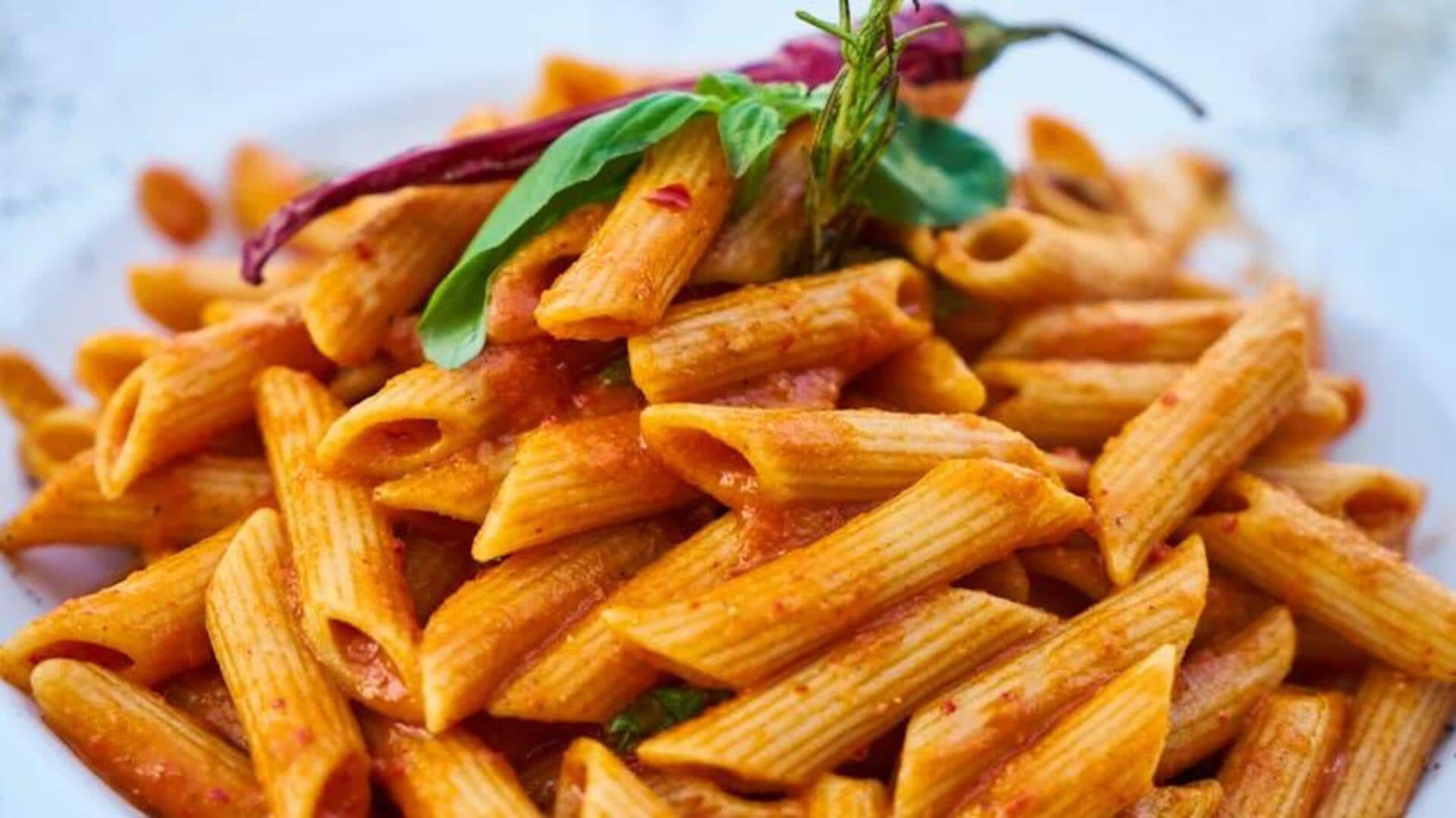
Pasta's journey: Variations, significance, and more
What's the story
Pasta, a staple of Italian cuisine, has been passed down through generations, each family adding a unique touch to it. The journey of pasta recipes is reflective of Italy's rich cultural heritage and traditions. From simple ingredients to complex flavors, pasta dishes have evolved but their essence has remained unchanged. The art of making pasta is often a cherished family tradition, with recipes being closely guarded secrets shared only among loved ones.
#1
The art of handmade pasta
Handmade pasta is a tradition that many Italian families hold dear. It involves using basic ingredients like flour and water to create dough. This dough is rolled out and shaped by hand. The process allows for creativity in shapes and sizes from tagliatelle to ravioli. Each family may have its own preferred method or secret ingredient that makes their pasta unique.
#2
Regional variations across Italy
Italy's diverse regions also give birth to various pasta dishes. In the north, you may get to try rich sauces with stuffed pastas like tortellini, while the southern regions prefer simpler preparations with fresh tomatoes and olive oil. These regional variations show how local ingredients play a role in traditional recipes, creating a tapestry of flavors across Italy.
#3
Family gatherings and celebrations
Pasta is at the center of every Italian family get-together and celebration. Be it Sunday lunch or some festive occasion, Italian families come together to share a meal centered on pasta. And often, these gatherings involve multiple generations cooking together, passing down techniques and stories attached to each dish. It's not just about eating; it's about preserving culture through culinary traditions.
Tip 1
Tips for perfecting your own recipe
To perfect your own pasta recipe at home, begin by choosing quality ingredients like semolina flour for texture or fresh herbs for flavor enhancement. Try different shapes until you find one that suits your sauce best—long strands work well with creamy sauces, while short tubes pair nicely with chunky vegetables or legumes—and remember, patience is key when kneading dough until smooth before resting it prior to shaping into desired forms!